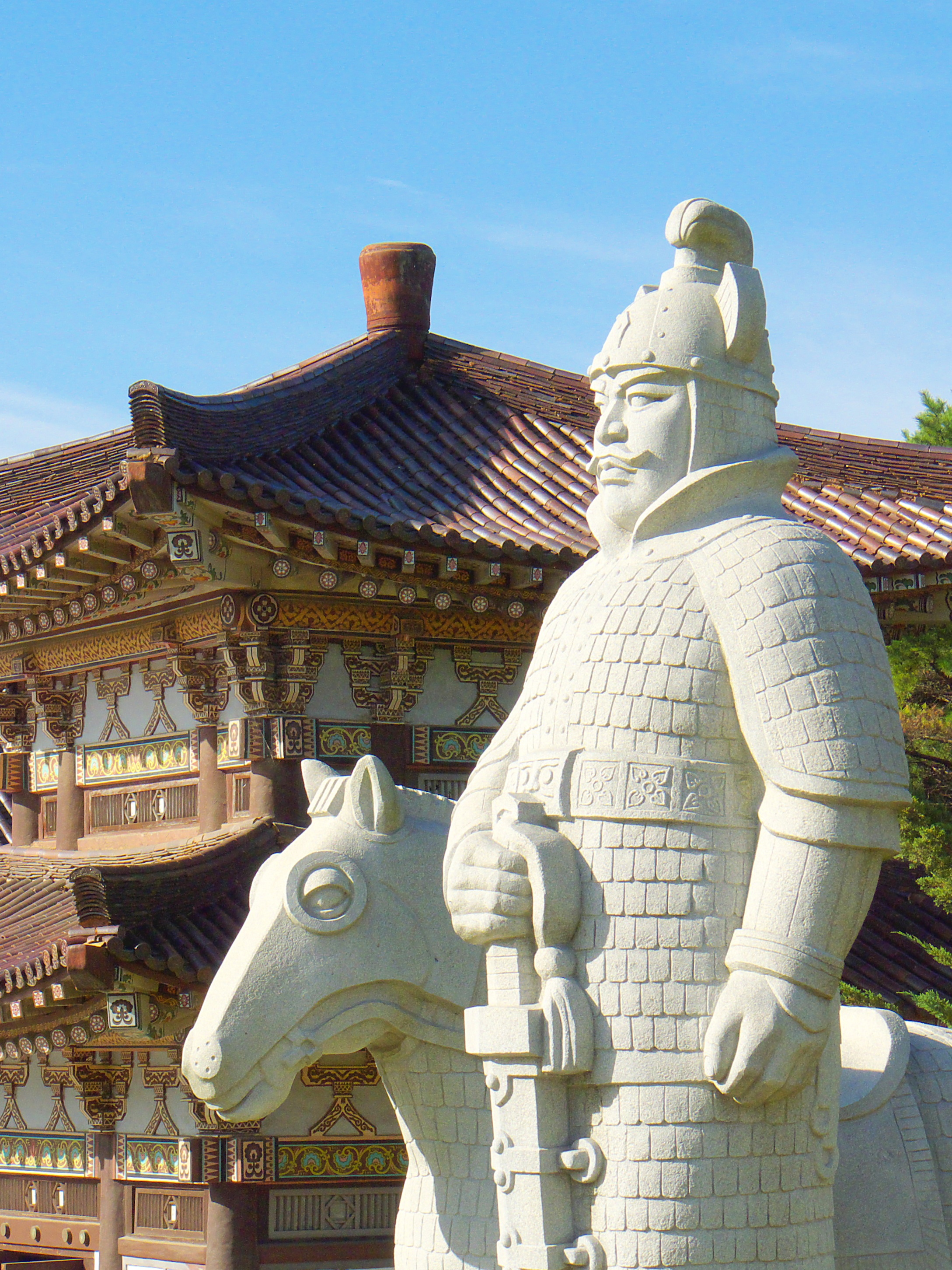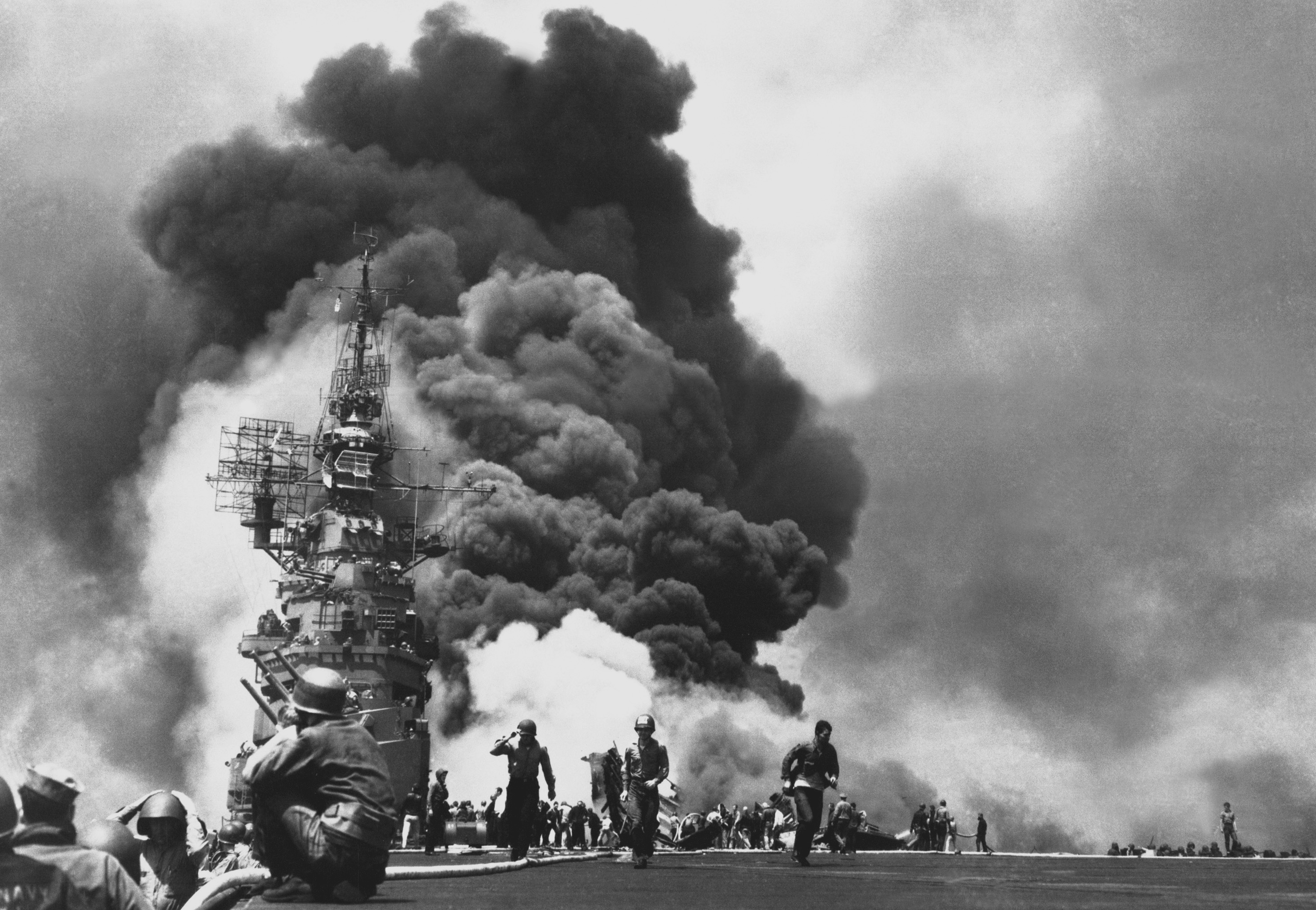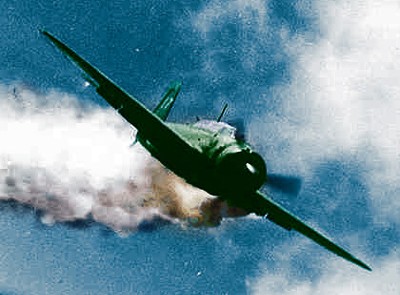|
Yukio Araki
Yukio Araki ( ja, 荒木 幸雄, ''Araki Yukio'', March 10, 1928 – May 27, 1945) was a Japanese aviator of the Imperial Japanese Army during World War II. As a kamikaze pilot and member of the 72nd Shinbu Squadron, Araki died on May 27, 1945 during the Battle of Okinawa when he flew his bomb-laden Mitsubishi Ki-51 to deliberately crash into the USS ''Braine''. It is speculated that Araki and one other pilot hit and damaged the ship, killing 66 of its crew. At 17 years old, Araki was one of the youngest kamikaze pilots. Biography Araki Yukio was born on March 10, 1928 in Miyamae, Kiryu, Gunma Prefecture. At the age of fifteen he joined the Imperial Japanese Army Air Service's Youth Pilot Training Program. In or around September 1943, he began training at the Tachiarai Air Base. After he graduated he started working at Metabaru Air Field, and in 1944 he got work at Heijo (now known as Pyongyang), Korea. On 27 May 1945, Araki took off from Bansei Airfield, at Bansei (now part ... [...More Info...] [...Related Items...] OR: [Wikipedia] [Google] [Baidu] |
Kiryū, Gunma
is a city located in Gunma Prefecture, Japan. , the city had an estimated population of 108,991 in 49,745 households, and a population density of 400 persons per km2. The total area of the city is . Geography Kiryū is in the southeast part of Gunma, in the northern Kantō Plain near the Tochigi border. It is located approximately northwest of Tokyo. The city is also not far from Mount Akagi, a large but dormant volcano. The city consists of two separate geographic areas, with the city of Midori sandwiched in between. Situated at the foot of Mount Akagi, the city boasts one of the most beautiful settings in the Kantō region. Two rivers, the Kiryū and the Watarase River, run through the heart of the city and it is likewise surrounded by picturesque mountains to the north. Umeda, a district on the north side of the city, is well known for its cedar trees, while red pines are also common in other areas. Surrounding municipalities Gunma Prefecture * Maebashi * Isesaki * Ōta ... [...More Info...] [...Related Items...] OR: [Wikipedia] [Google] [Baidu] |
Pyongyang
Pyongyang (, , ) is the capital and largest city of North Korea, where it is known as the "Capital of the Revolution". Pyongyang is located on the Taedong River about upstream from its mouth on the Yellow Sea. According to the 2008 population census, it has a population of 3,255,288. Pyongyang is a directly administered city () with equal status to North Korean provinces. Pyongyang is one of the oldest cities in Korea. It was the capital of two ancient Korean kingdoms, Gojoseon and Goguryeo, and served as the secondary capital of Goryeo. Much of the city was destroyed during the First Sino-Japanese War, but it was revived under Japanese rule and became an industrial center. Following the establishment of North Korea in 1948, Pyongyang became its ''de facto'' capital. The city was again devastated during the Korean War, but was quickly rebuilt after the war with Soviet assistance. Pyongyang is the political, industrial and transport center of North Korea. It is home to ... [...More Info...] [...Related Items...] OR: [Wikipedia] [Google] [Baidu] |
People From Gunma Prefecture
A person ( : people) is a being that has certain capacities or attributes such as reason, morality, consciousness or self-consciousness, and being a part of a culturally established form of social relations such as kinship, ownership of property, or legal responsibility. The defining features of personhood and, consequently, what makes a person count as a person, differ widely among cultures and contexts. In addition to the question of personhood, of what makes a being count as a person to begin with, there are further questions about personal identity and self: both about what makes any particular person that particular person instead of another, and about what makes a person at one time the same person as they were or will be at another time despite any intervening changes. The plural form "people" is often used to refer to an entire nation or ethnic group (as in "a people"), and this was the original meaning of the word; it subsequently acquired its use as a plural form of p ... [...More Info...] [...Related Items...] OR: [Wikipedia] [Google] [Baidu] |
Kamikaze Pilots
, officially , were a part of the Japanese Special Attack Units of military aviators who flew suicide attacks for the Empire of Japan against Allied naval vessels in the closing stages of the Pacific campaign of World War II, intending to destroy warships more effectively than with conventional air attacks. About 3,800 ''kamikaze'' pilots died during the war, and more than 7,000 naval personnel were killed by ''kamikaze'' attacks. ''Kamikaze'' aircraft were essentially pilot-guided explosive missiles, purpose-built or converted from conventional aircraft. Pilots would attempt to crash their aircraft into enemy ships in what was called a "body attack" (''tai-atari'') in aircraft loaded with bombs, torpedoes and or other explosives. About 19% of ''kamikaze'' attacks were successful. The Japanese considered the goal of damaging or sinking large numbers of Allied ships to be a just reason for suicide attacks; ''kamikaze'' was more accurate than conventional attacks and often ... [...More Info...] [...Related Items...] OR: [Wikipedia] [Google] [Baidu] |
Japanese World War II Pilots
Japanese may refer to: * Something from or related to Japan, an island country in East Asia * Japanese language, spoken mainly in Japan * Japanese people, the ethnic group that identifies with Japan through ancestry or culture ** Japanese diaspora, Japanese emigrants and their descendants around the world * Japanese citizens, nationals of Japan under Japanese nationality law ** Foreign-born Japanese, naturalized citizens of Japan * Japanese writing system, consisting of kanji and kana * Japanese cuisine, the food and food culture of Japan See also * List of Japanese people * * Japonica (other) * Japonicum * Japonicus This list of Latin and Greek words commonly used in systematic names is intended to help those unfamiliar with classical languages to understand and remember the scientific names of organisms. The binomial nomenclature used for animals and plants i ... * Japanese studies {{disambiguation Language and nationality disambiguation pages ... [...More Info...] [...Related Items...] OR: [Wikipedia] [Google] [Baidu] |
Imperial Japanese Army Personnel Of World War II
Imperial is that which relates to an empire, emperor, or imperialism. Imperial or The Imperial may also refer to: Places United States * Imperial, California * Imperial, Missouri * Imperial, Nebraska * Imperial, Pennsylvania * Imperial, Texas * Imperial, West Virginia * Imperial, Virginia * Imperial County, California * Imperial Valley, California * Imperial Beach, California Elsewhere * Imperial (Madrid), an administrative neighborhood in Spain * Imperial, Saskatchewan, a town in Canada Buildings * Imperial Apartments, a building in Brooklyn, New York * Imperial City, Huế, a palace in Huế, Vietnam * Imperial Palace (other) * Imperial Towers, a group of lighthouses on Lake Huron, Canada * The Imperial (Mumbai), a skyscraper apartment complex in India Animals and plants * ''Cheritra'' or imperial, a genus of butterfly Architecture, design, and fashion * Imperial, a luggage case for the top of a coach * Imperial, the top, roof or second-storey compartment of a coa ... [...More Info...] [...Related Items...] OR: [Wikipedia] [Google] [Baidu] |
Japanese Military Personnel Who Committed Suicide
Japanese may refer to: * Something from or related to Japan, an island country in East Asia * Japanese language, spoken mainly in Japan * Japanese people, the ethnic group that identifies with Japan through ancestry or culture ** Japanese diaspora, Japanese emigrants and their descendants around the world * Japanese citizens, nationals of Japan under Japanese nationality law ** Foreign-born Japanese, naturalized citizens of Japan * Japanese writing system, consisting of kanji and kana * Japanese cuisine, the food and food culture of Japan See also * List of Japanese people * * Japonica (other) * Japonicum * Japonicus * Japanese studies Japanese studies ( Japanese: ) or Japan studies (sometimes Japanology in Europe), is a sub-field of area studies or East Asian studies involved in social sciences and humanities research on Japan. It incorporates fields such as the study of Japane ... {{disambiguation Language and nationality disambiguation pages ... [...More Info...] [...Related Items...] OR: [Wikipedia] [Google] [Baidu] |
Bansei Tokkō Peace Museum
is a war museum in Minamisatsuma, Kagoshima Prefecture. Opened in 1993, the museum commemorates the 201 airmen from the who died in a '' kamikaze'' attack in the final months of the Pacific War The Pacific War, sometimes called the Asia–Pacific War, was the theater of World War II that was fought in Asia, the Pacific Ocean, the Indian Ocean, and Oceania. It was geographically the largest theater of the war, including the vast .... Hichiro Naemura, a flight instructor at the Bansei base in 1945, spearheaded the effort to establish this institution as a memorial to his fallen comrades. Retrieved on 7 July 2016. See also * ''Kamikaze'' * Chiran Peace Museum for Kamikaze Pilots * Cornerstone of PeaceReferences World War II suicide weapons of Japan ...[...More Info...] [...Related Items...] OR: [Wikipedia] [Google] [Baidu] |
Kamikaze Pilots
, officially , were a part of the Japanese Special Attack Units of military aviators who flew suicide attacks for the Empire of Japan against Allied naval vessels in the closing stages of the Pacific campaign of World War II, intending to destroy warships more effectively than with conventional air attacks. About 3,800 ''kamikaze'' pilots died during the war, and more than 7,000 naval personnel were killed by ''kamikaze'' attacks. ''Kamikaze'' aircraft were essentially pilot-guided explosive missiles, purpose-built or converted from conventional aircraft. Pilots would attempt to crash their aircraft into enemy ships in what was called a "body attack" (''tai-atari'') in aircraft loaded with bombs, torpedoes and or other explosives. About 19% of ''kamikaze'' attacks were successful. The Japanese considered the goal of damaging or sinking large numbers of Allied ships to be a just reason for suicide attacks; ''kamikaze'' was more accurate than conventional attacks and often ... [...More Info...] [...Related Items...] OR: [Wikipedia] [Google] [Baidu] |
Kamikaze
, officially , were a part of the Japanese Special Attack Units of military aviators who flew suicide attacks for the Empire of Japan against Allied naval vessels in the closing stages of the Pacific campaign of World War II, intending to destroy warships more effectively than with conventional air attacks. About 3,800 ''kamikaze'' pilots died during the war, and more than 7,000 naval personnel were killed by ''kamikaze'' attacks. ''Kamikaze'' aircraft were essentially pilot-guided explosive missiles, purpose-built or converted from conventional aircraft. Pilots would attempt to crash their aircraft into enemy ships in what was called a "body attack" (''tai-atari'') in aircraft loaded with bombs, torpedoes and or other explosives. About 19% of ''kamikaze'' attacks were successful. The Japanese considered the goal of damaging or sinking large numbers of Allied ships to be a just reason for suicide attacks; ''kamikaze'' was more accurate than conventional attacks and often ... [...More Info...] [...Related Items...] OR: [Wikipedia] [Google] [Baidu] |



_1938.jpg)


